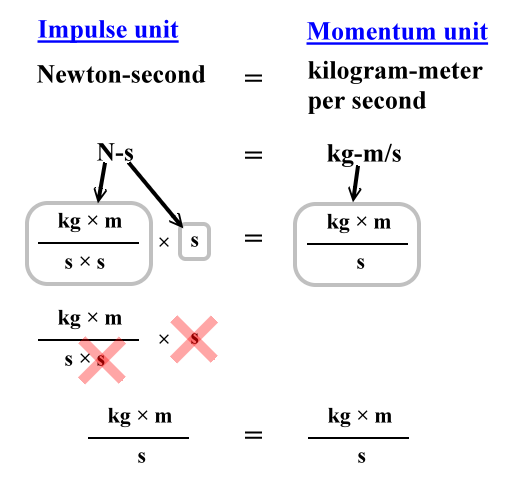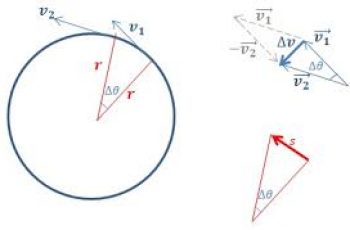


An 85kg man performed both normal speed (3 sec eccentric action and maximal acceleration concentric action) and PS back squats over a several loads. A case study of normal versus PS back squats was also performed. While several papers have reviewed the effects of PS, none has yet explained such resistance training in the context of the impulse-momentum relationship. PS is recognized by ~10s concentric and ~4-10s eccentric actions. The trouble is Schionning is one of the few designers that cites L/B in all of his designs but it would be an easy measurement to take dockside, when the true displacement isn’t known.The purpose of this brief review is to explain the mechanical relationship between impulse and momentum when resistance exercise is performed in a purposefully slow manner (PS). As a result, I’ve been working on a parameter that includes both sail area and L/B at the waterline for performance comparisons. It has the benefit of implying displacement and waterline length as well, since a heavy boat must be either fat, or long to carry the displacement. The critical parameter as far as hull drag for catamarans is really L/B at the waterline since other parameters as far as hull form go (prismatic coefficient) are generally within a narrow range. Marshall Tulin (UCSB) who has published many works regarding high-speed displacement mode for long slender hulls for naval/military applications and I think this work is very applicable to sailing multihulls. Hello, I’m a mechanical engineer and experienced multihull sailor that has long thought multihulls need a better performance parameter for comparison so sales guys can’t hoodwink people! I have some graduate school education from Dr. There is also a Prop Sizing section which will calculate the optimum propeller to use on any displacement-hull boat, based on noted naval architect Dave Gerr’s formulas. This Immersion value indicates the weight carrying capacity of a vessel.

Pounds / square inch Immersion – When you load a boat, it sinks deeper into the water. Do not put too much faith in the exact number, as it is an approximation only. Values below 2.0 are desirable for offshore yachts.

Your mileage will vary.Ĭapsize Screening number – Developed after the Fastnet Race tragedy, the Capsize Screening number is a quick way to judge if a boat is seaworthy. Note that some people get more seasick with a slowly rolling motion than a quick, jerky one. Motion Comfort value – Not as widely used as the previous numbers, the Motion Comfort value tries to predict whether a boat has a quick, motion through the waves or a slow, easy motion. Compare L/B ratios to gain insight into the purpose of the boat. Length / Beam ratio – A long, narrow hull with limited interior space is easier to drive than a short, fat one with plentiful capacity. A high SA/D ratio (> about 18) indicates a powerful rig, while a low ratio indicates a more docile boat. Sail Area / Displacement ratio – The SA/D ratio is like the power/weight ratio of an automobile. This wave length can be calculated and the top speed of the hull predicted. Hull Speed – A conventional hull, which moves through the water rather than rising atop it and planing across the surface, is limited in speed by length of the waves it produces long waves travel faster. Contemporary racing boats often have D/L ratios well below 100. Most boats have moderate displacement and they compromise the conflicting virtues of the extreme designs. Light boats (D/L below about 150) are generally quicker and more responsive but are affected by loading. Here’s what the performance numbers mean:ĭisplacement/LWL ratio – Heavy boats (D/L above about 300) will carry big loads but require plenty of power to drive. Note that planing hulls, catamarans and hydrofoil vessels are not defined in the same way. Naval architects use these values when they design a new boat, and from them you can determine a conventional displacement hull boat’s purpose and predict its performance. The Sail Calculator will also give you valuable performance numbers for any vessel in its database or any numbers you enter, including the Displacement / LWL ratio, Theoretical Limiting Hull Speed, Sail Area / Displacement ratio, Length to Beam ratio, Motion Comfort value, Capsize Screening value, sailing category and Pounds per inch immersion value. It should be one of the first places you go on the Web if you want to know the vital statistics about a sailboat, including Length Overall (LOA), Length on the Waterline (LWL), Displacement and Sail Area. Physicist and sailor Carl Adler developed this online Sail Calculator for comparing sailboats and its database has grown over a number of years to almost 3000 boats.


 0 kommentar(er)
0 kommentar(er)
